Welcome to our shop! translation into English is in progress, check the product on " Не Українською"
Buy⚔️ for a gift and for collecting Parade bayonet to Mauser rifle KS98 sample 1898, manufacturer Eickhorn Solingen, “Shark’s tooth” with exquisite etching in Ukraine city of Kyiv
Dear Collectors and guests of the site Antique Gallery, looking for a gift, in particular Antique weapons, your attention is invited: Parade bayonet to the rifle Mauser KS98 sample 1898, manufacturer Eickhorn Solingen, “Shark’s tooth” with exquisite etching
✨ The parade bayonet for the 1898 Mauser KS98 rifle, made by Eickhorn Solingen, is an exceptional example of a ceremonial weapon that emphasizes the grandeur and devotion of Wehrmacht soldiers. The graceful design of the bayonet, known as the “Shark’s Tooth”, and the patriotic etching with the inscription “In memory of my service” give it a special aesthetic and historical value. Made from the finest materials by Eickhorn Solingen, this bayonet will not only be a unique piece in a collection of antique weapons, but also a stylish interior element for connoisseurs of military history. ⚔️
The handle is formed by two plastic fluted cheeks, fastened to the shank with two screws. The handle head, made in the form of a stylized bird’s head, has an H-shaped groove and a spring latch with an internally located coil spring. The handle crossguard is steel, nickel-plated, with bent upward end. There was no ring for the rifle barrel in this bayonet model.
The blade is straight, steel, single-bladed, nickel-plated, with one lob on each side. The combat end is double-bladed, “shark’s tooth”. The blade is richly decorated with etched cartouches depicting oak leaves, military fittings, the coat of arms of the Wehrmacht ground forces, and the inscription “Zur Erinnerung an meine Dienstzeit ” (In memory of my service!). Type of etching according to Carl Eickhorn catalog: #3219
On the heel of the blade is the marking of the famous German company of the manufacturer “Carl Eickhorn. Solingen.”
Steel scabbard with an inserted spring-loaded mouth which is secured with a single screw, a spindle and a ball at the end. The scabbard is painted brown with a brown leather hanger.
Historical Background:
The KS98 bayonet was designed as part of the soldiers’ equipment, but was later used primarily as a ceremonial weapon. Unlike battle bayonets, it was not used on the battlefield and was used exclusively for ceremonial events and parades. It was worn during official events, including award ceremonies, military parades, and other occasions where military might and loyalty to the Reich were to be demonstrated.
Carl Eickhorn is the founder of one of the most famous edged weapons companies in Germany. The company was founded on January 14, 1865 in Solingen, North Rhine-Westphalia, known as the “city of swords”. Solingen has long been renowned for the production of high quality knives and razors, and Carl Eickhorn has continued this tradition, making his company one of the leading arms manufacturers in the world. Eickhorn branded products are very popular among collectors and connoisseurs of edged weapons all over the world.
During its existence, the company changed its name several times, but all variants retained the connection with the founder’s name. During the Second World War, the company produced both civilian and military knives – from bayonet knives and trench knives to German dirks, sabers and daggers. During the Third Reich, Karl Eickhorn’s company was included in the RZM register of manufacturers, producing products with party and state symbols. The squirrel stamp could be seen on weapons ranging from Hitler Youth knives and SS daggers to simple infantry knives from 1942.
In addition to edged weapons, during the war years the company was also engaged in the manufacture of cartridges, which was quite natural for a company with a powerful metallurgical production.
Eickhorn bayonets were usually modeled after the 1898 bayonet (kS 98) for the Mauser rifle. Soldiers bought them at their own expense for off-duty use. In this case, customers could choose a variety of finishes: from deer antler overlays to etching of the owner’s initials and military emblems on the hilt. The length of the blade depended on the rank of the soldier: 200 mm for non-commissioned officers and 250 mm for privates. Bayonets were produced by more than seventy private companies, and the branding can often be seen on the heel of the blade. In some cases there are bayonets without branding, which makes them rare for collectors.
More information about Bayonets of the Third Reich, at the link:
Photo Review:






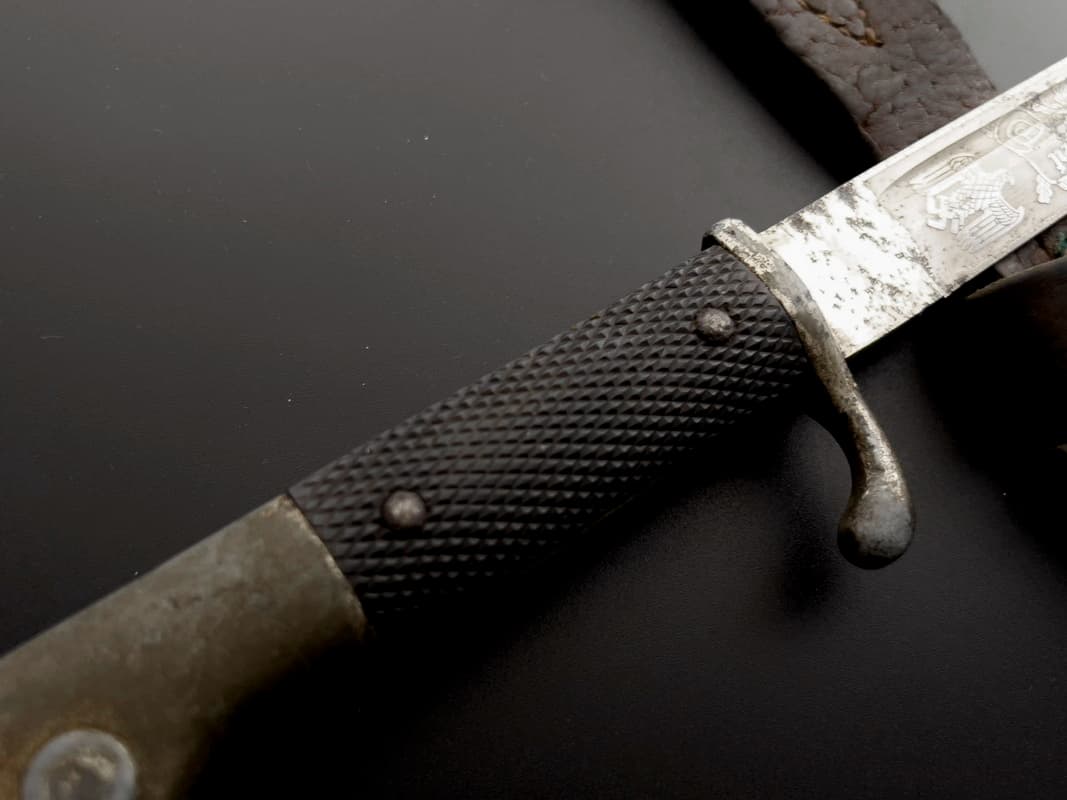










| Collection | |
|---|---|
| by dating | |
| by country and region | |
| by type | |
| by type of troops |
Add a review
Be the first to review “Parade bayonet for the Mauser KS98 rifle of 1898, manufacturer Eickhorn Solingen, “Shark’s tooth” with exquisite etching” Cancel reply
Categories: Antique Weapons, Bayonets of Peace, In stock, The Third Reich / Germany, up to $1000
Tags: антиквариат, античное оружие, армейский антиквариат, исторический антиквариат, колекціонування антикварної зброї, парадний штик Маузера KS98, парадный штык Маузера KS98, штик Eickhorn Solingen, штик акулий зуб, штик Вермахта, штик з написом, штык Eickhorn Solingen, штык акулий зуб, штык Вермахта
Related products
-
Sword for officers of all branches and administrations model 1872
620 $Original price was: 620 $.600 $Current price is: 600 $. -
Yatagan of the Ottoman Empire with the inscription: “O Muhammad, be my assistant.” 1824
4,250 $Original price was: 4,250 $.3,749 $Current price is: 3,749 $.





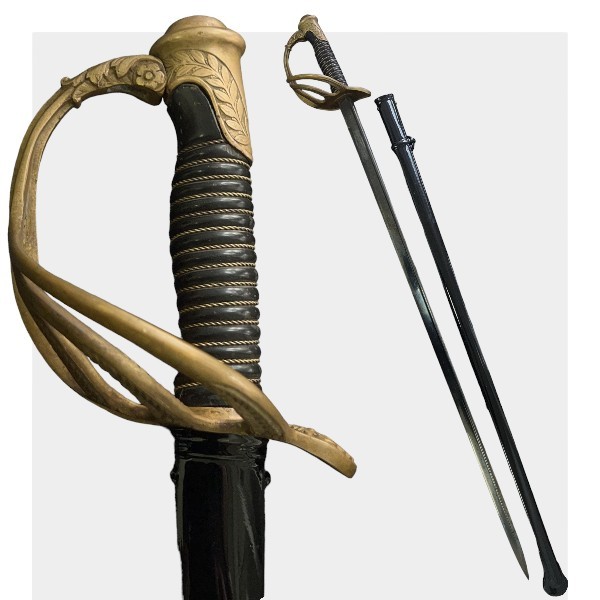
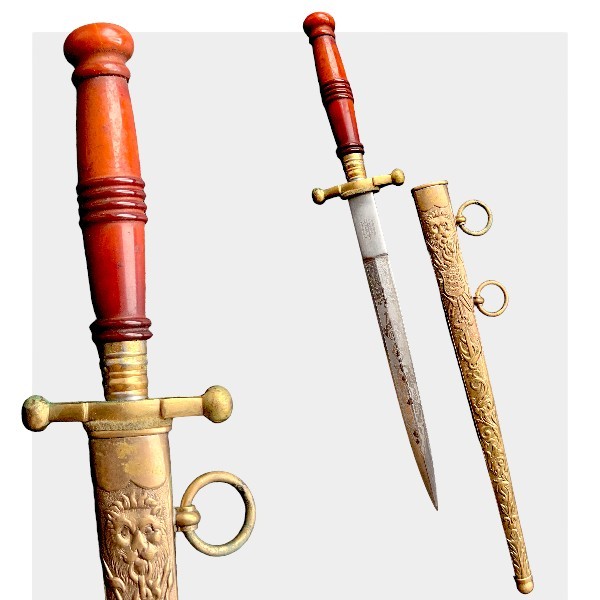
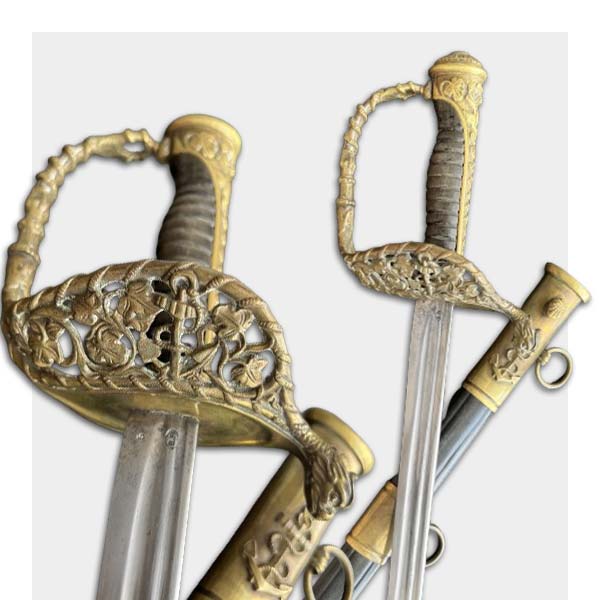

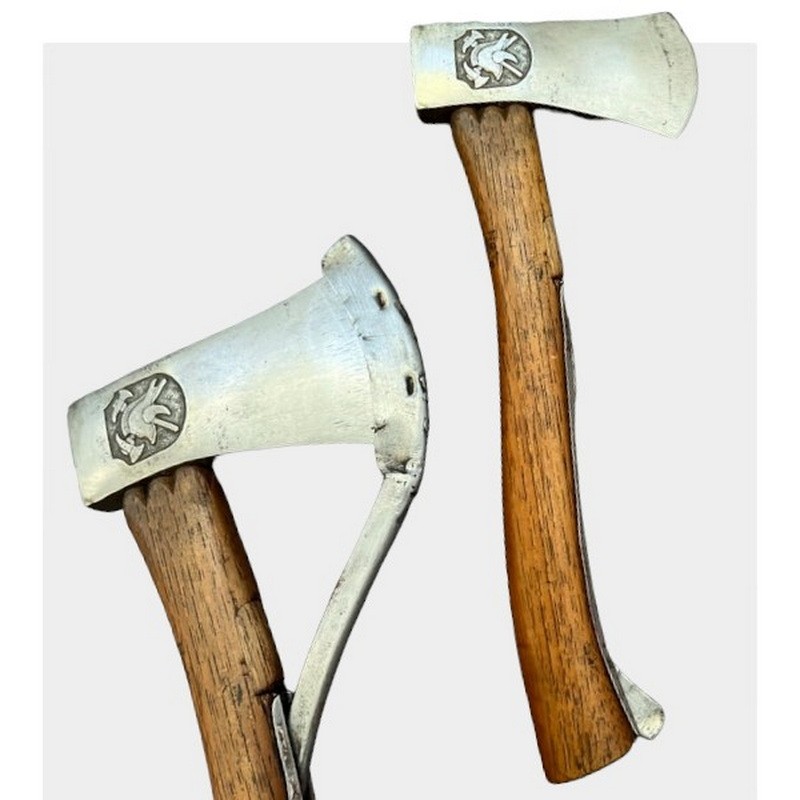
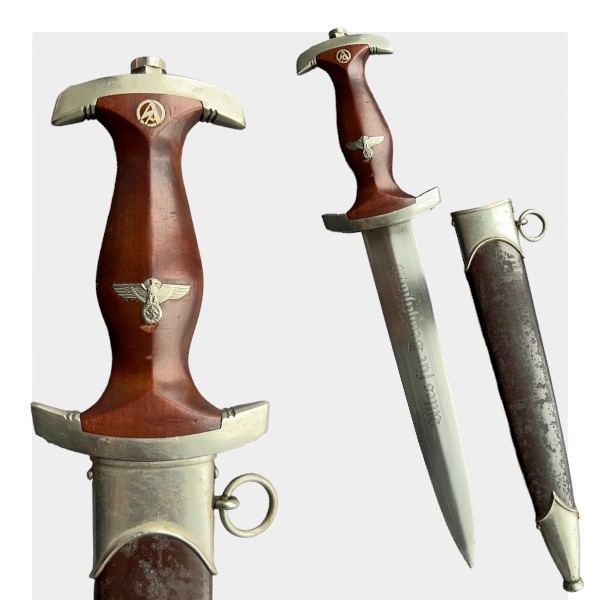
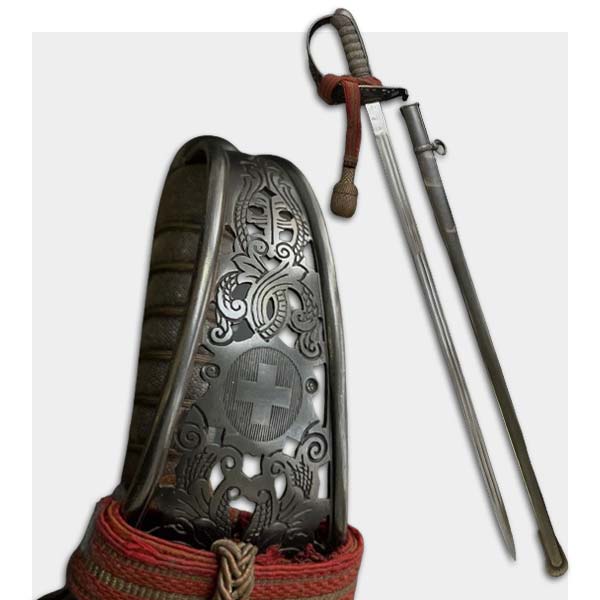


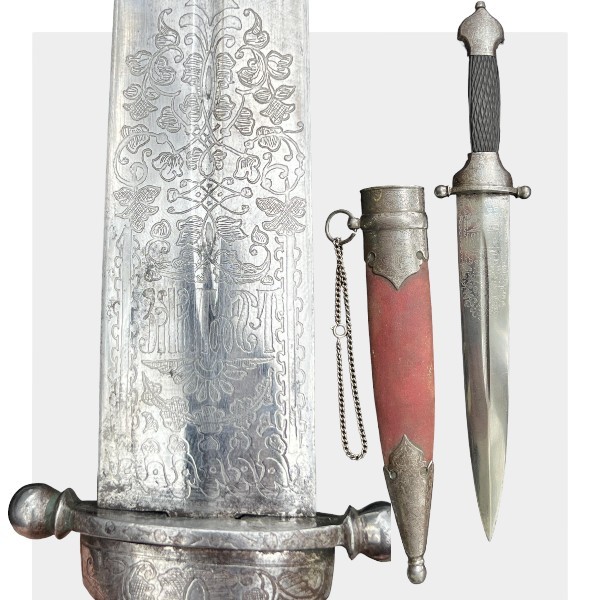
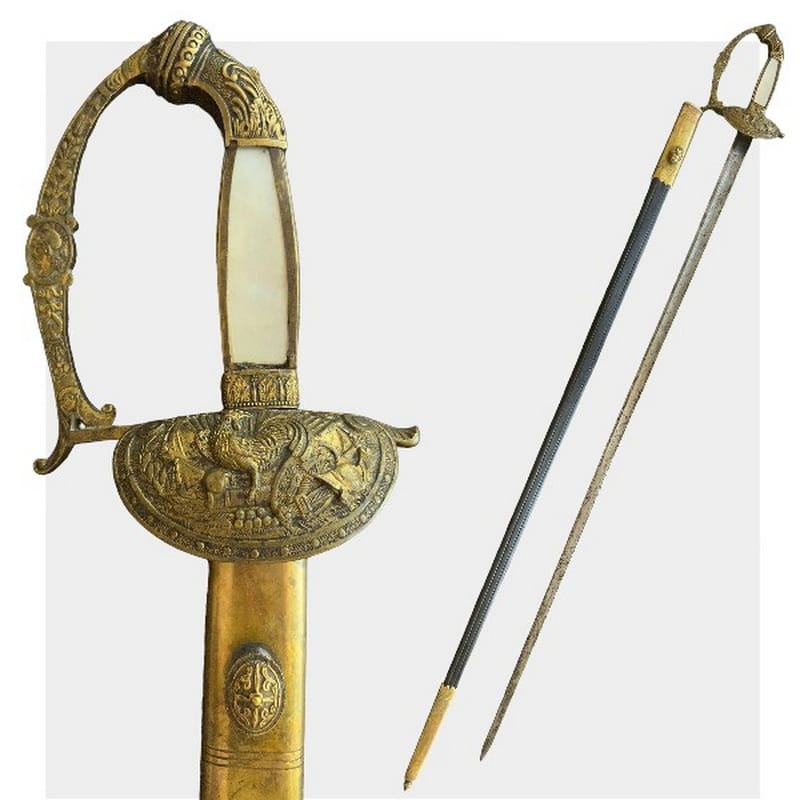
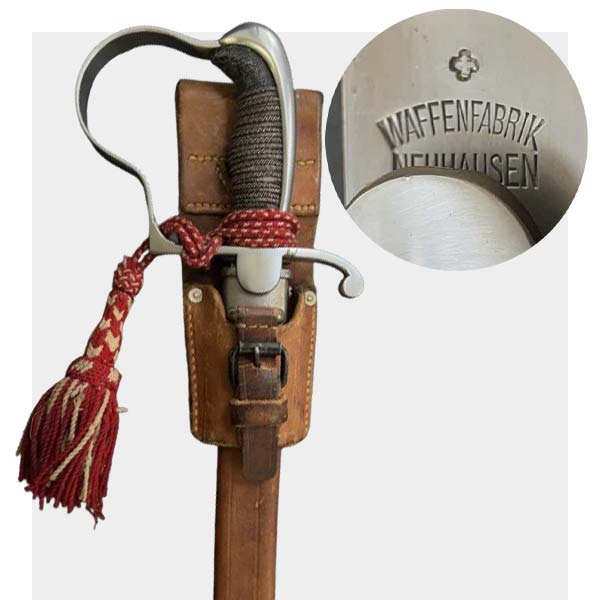
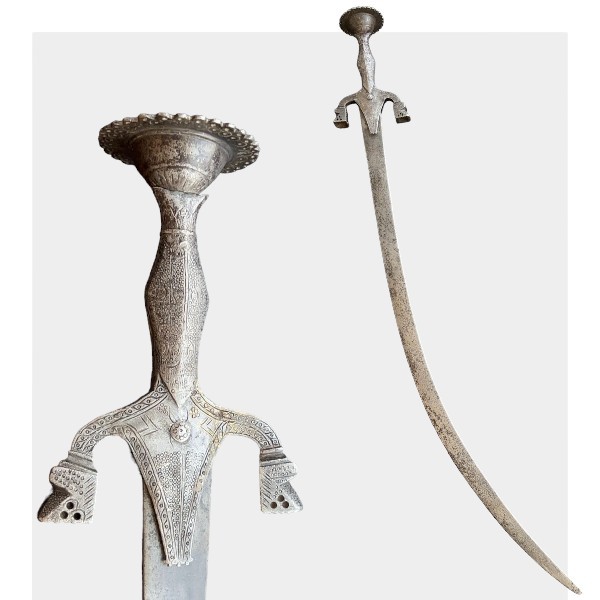




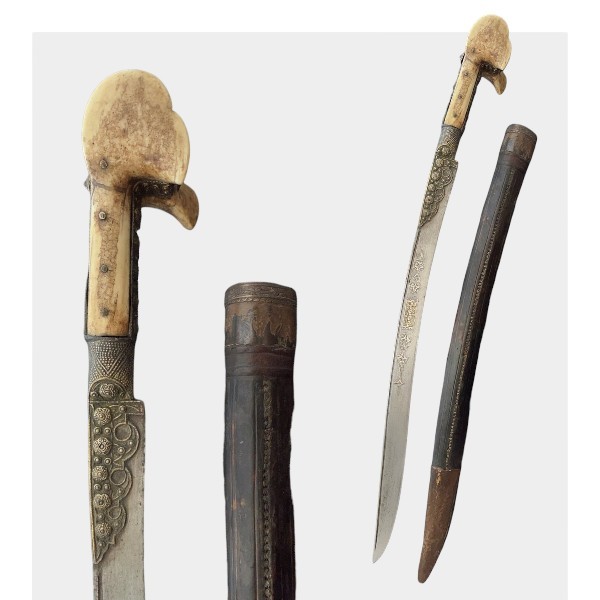
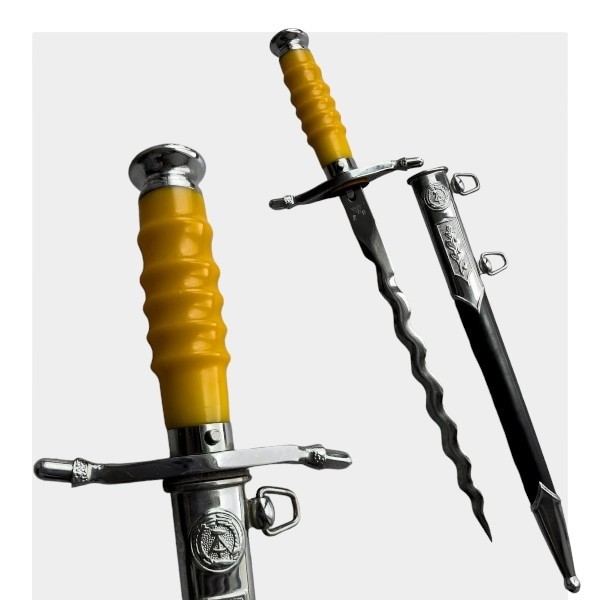
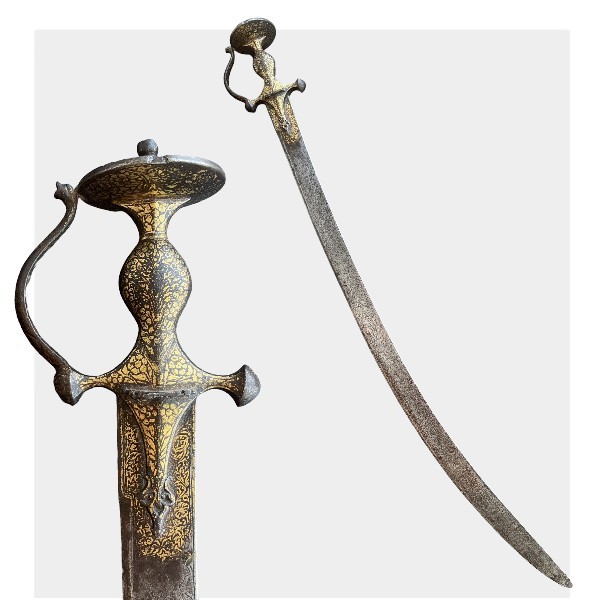
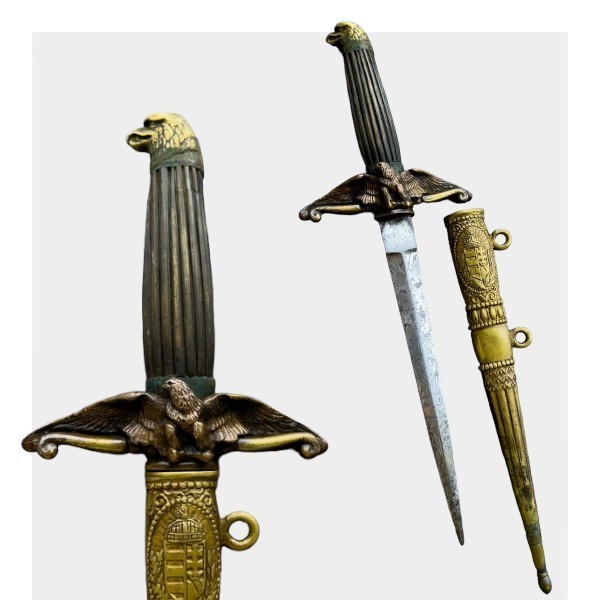
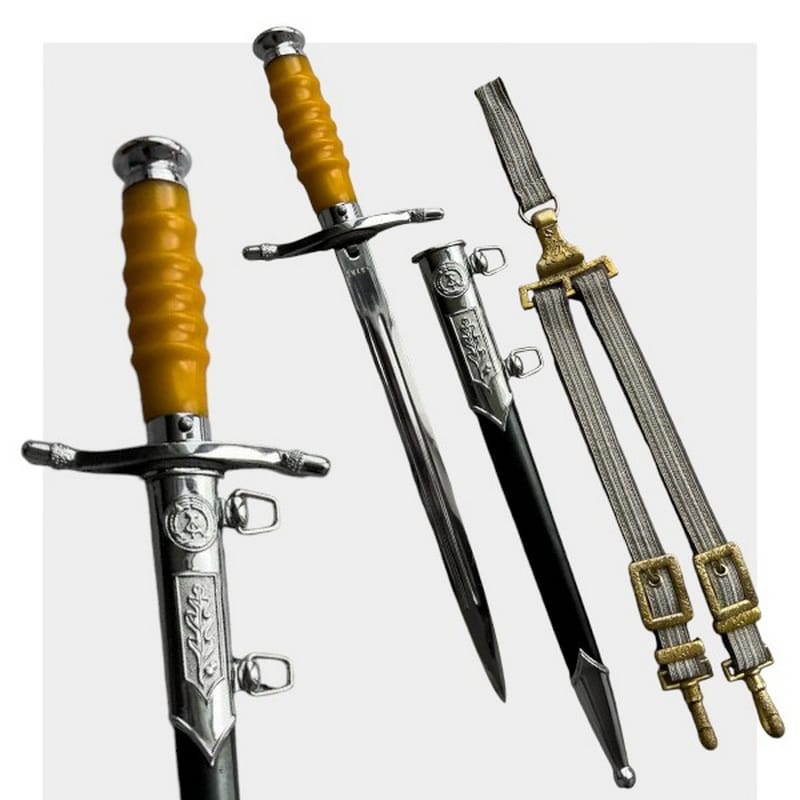



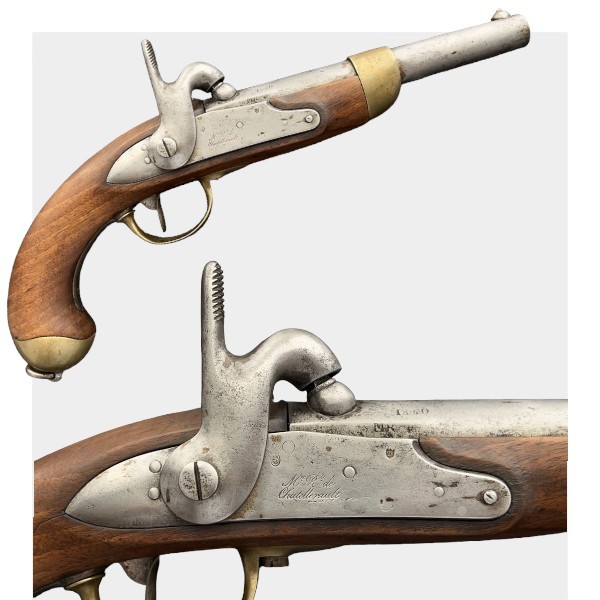


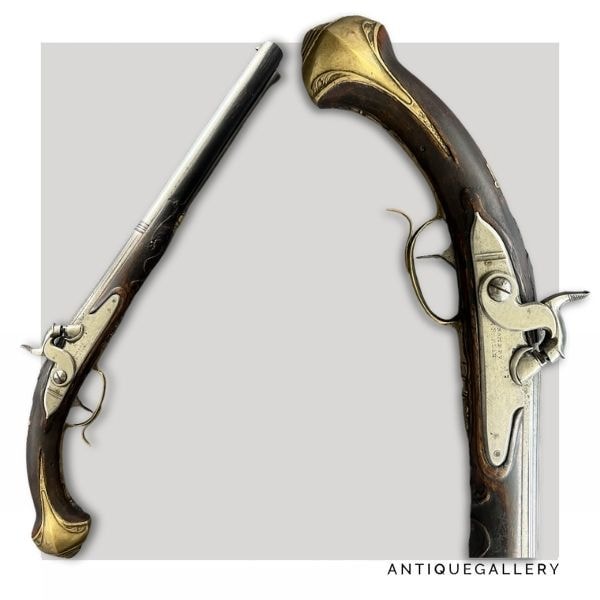
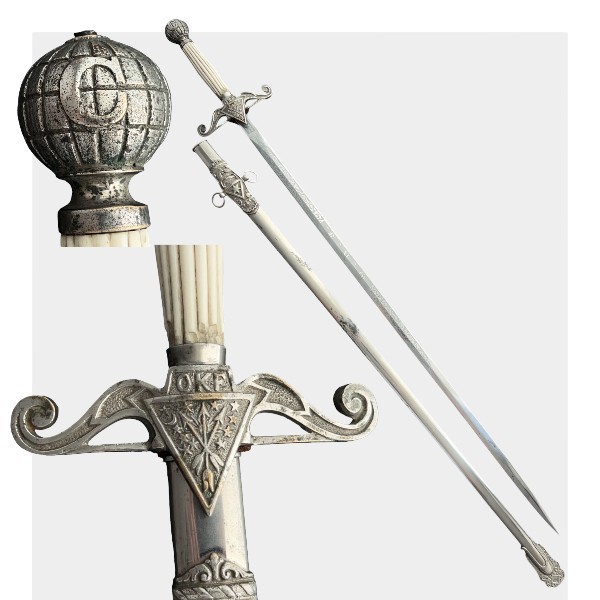
There are no reviews yet.